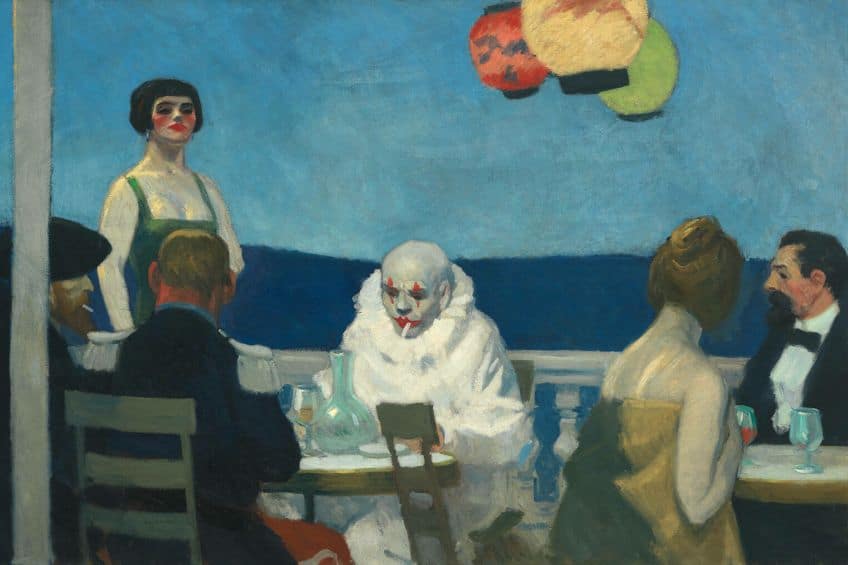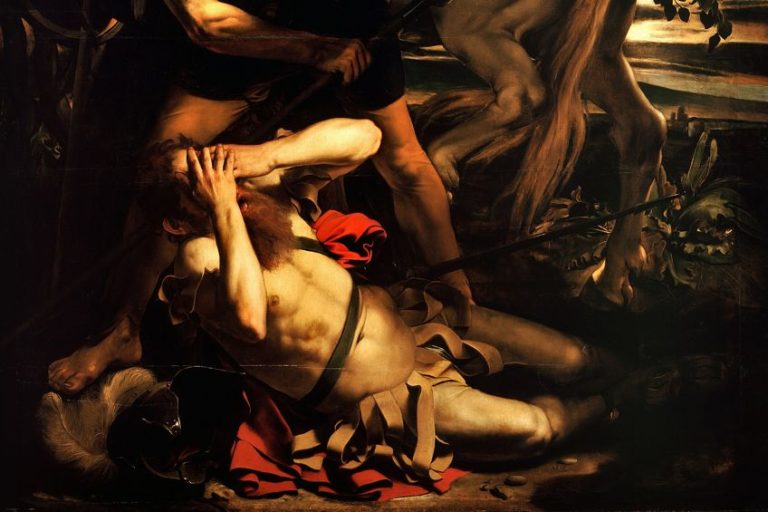“Soir Bleu” by Edward Hopper – A Deeply Psychological Artwork
Edward Hopper’s Soir Bleu, painted in 1914, stands as a pivotal work in the artist’s oeuvre, encapsulating his transition from Impressionist influences to his mature realist style. This large oil painting depicts a melancholic evening scene in a Parisian café, populated by a diverse array of characters including a clown, a soldier, and a well-dressed couple. Soir Bleu is notable for its exploration of themes such as isolation, the passage of time, and the alienation of modern urban life. Though not as celebrated as some of Hopper’s later works, this piece reveals his early experimentation with narrative complexity and emotional depth, laying the groundwork for his iconic depictions of American life.
Key Takeaways
- Soir Bleu is a significant, though often overlooked, painting by Edward Hopper that explores themes of isolation and introspection.
- Hopper’s mastery in narrative painting is evident through the nuanced portrayal of disconnected individuals in a communal space.
- The painting is a reflection of Hopper’s own experiences and artistic journey, adding depth to its interpretation and value.
Artwork Overview
| Artist | Edward Hopper (1882 – 1967) |
| Date Created | 1914 |
| Medium | Oil on canvas |
| Genre | Realism, Urban scene |
| Period/Movement | American Realism, Ashcan School |
| Dimensions (cm) | 91.8 x 182.7 |
| Series/Versions | Single version, no known series |
| Where Is It Housed? | Whitney Museum of American Art, New York City, United States |
| What It Is Worth | Estimated value varies, considered highly significant |
Edward Hopper’s Soir Bleu, painted in 1914, encapsulates the complexity and emotional depth that the artist is renowned for. Despite being one of his lesser-known works, this painting carries the weight of Hopper’s profound narrative style, depicted through the use of intense character studies. Soir Bleu portrays a group of individuals at a French café, each one isolated in their own thoughts, despite the shared space.
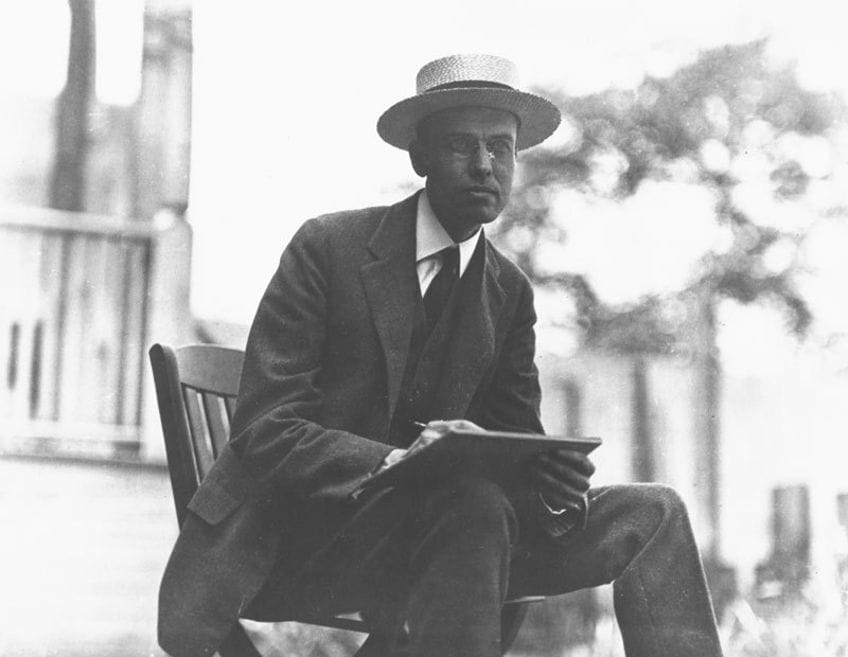
The painting features the striking contrast between the vivid setting and the contemplative solitude of the characters, which is indicative of Hopper’s preoccupation with themes like loneliness and introspection within urban landscapes. While the narrative remains ambiguous, Soir Bleu stands out as a testament to Hopper’s artistic ambition at the time, suggesting a period of professional searching and personal creativity.
These all contribute to making it a significant piece within his oeuvre.
Origins and History
This work was conceived during Hopper’s time in Paris, a city that significantly influenced his artistic direction. His Parisian experience allowed him to experiment with styles and subject matters that diverged from his previous works, resulting in Soir Bleu. Despite initially receiving little recognition, it has grown in stature within American art history.
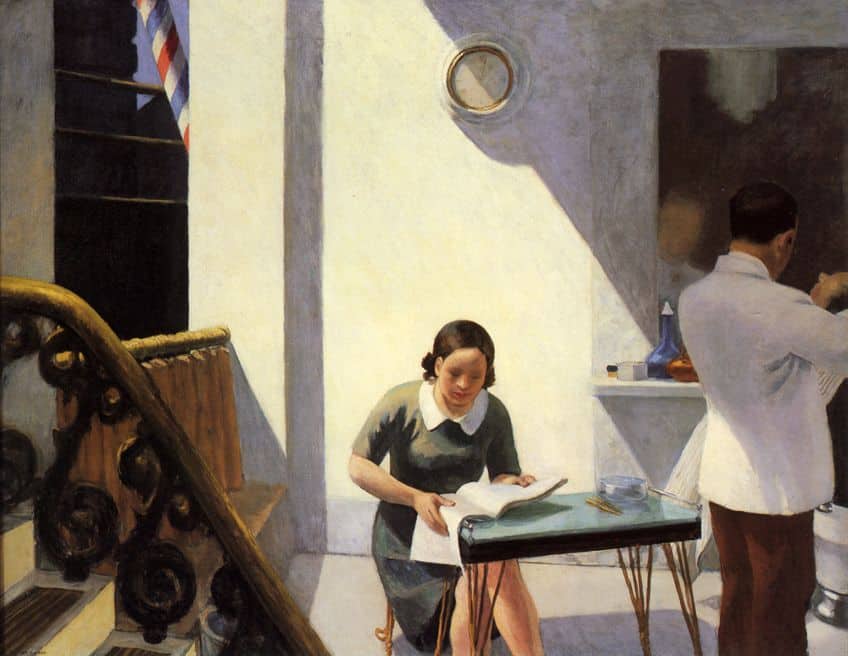
Display and Ownership
Currently, the painting is in the possession of the Whitney Museum of American Art in New York City, thanks to the Josephine N. Hopper Bequest. The museum has a strong relationship with Hopper’s work, with Lloyd Goodrich, a former director, being a prominent historian on Hopper’s art.
Soir Bleu remains an essential part of their collection, accessible to the public and serving as a representation of early twentieth-century American Realism.
Analysis of Soir Bleu
The following section delves into the nuanced elements of Edward Hopper’s Soir Bleu, an artwork that marks a departure from his signature thematic and stylistic preferences.
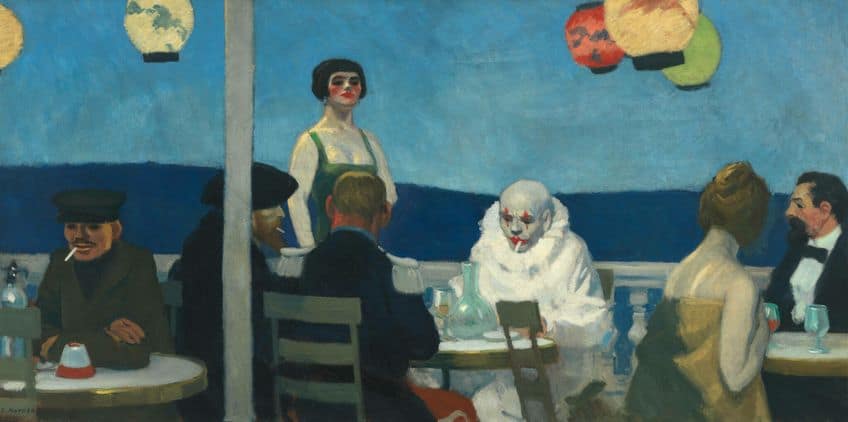
Subject Matter and Style
Soir Bleu signifies Edward Hopper’s exploration of European influences with its distinctive subject matter and style that diverge from his traditional American scenes. This painting presents an array of characters, including a central figure of a Pierrot, which aligns with Hopper’s tendency to imbue his work with social commentary.
The stylistic approach reflects a complexity that pays homage to both the American realist and European modernist traditions.

Color and Lighting
The color palette in Soir Bleu is more muted compared to Hopper’s later works, yet it employs strategic uses of color to direct attention. The lighting, while not as stark as seen in his later cityscapes, subtly highlights the Pierrot and certain elements of the scene.
This has the result of creating a sense of depth and focus.
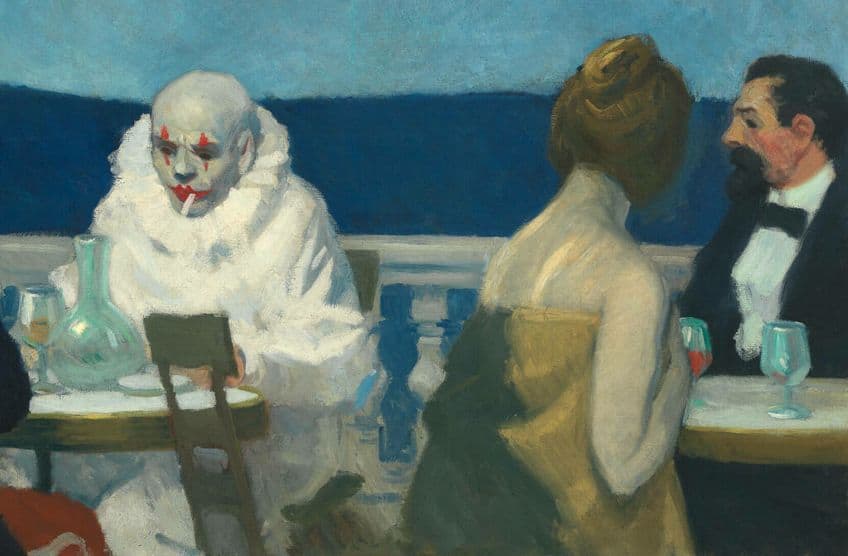
Composition and Technique
In terms of composition, Soir Bleu is more crowded and complex than the sparse environments typical in Hopper’s oeuvre. His technique involves carefully constructed forms, with an emphasis on clean lines and considered placement of figures to guide the viewer’s eye through the narrative tableau.
Although Hopper is known for his oils, this period also saw him refining his skills in drawing and watercolor, which informed his precise execution in larger works.
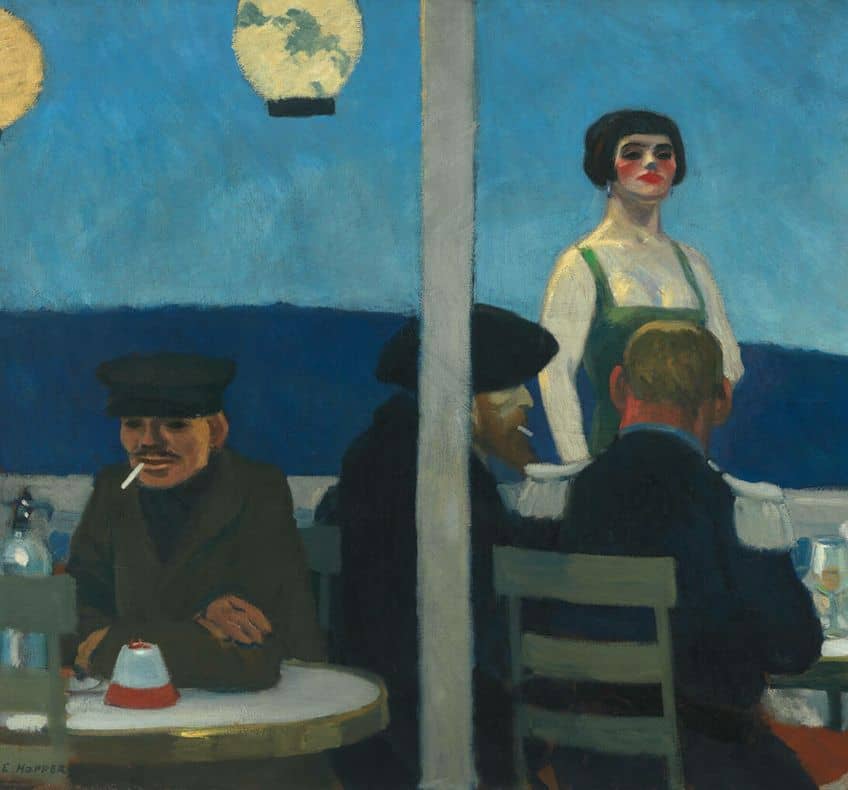
Meaning of the Artwork
Soir Bleu contains layers of meaning, often interpreted as reflective of Hopper’s own experiences and inner life. The presence of the introspective Pierrot figure invites contemplation on themes of isolation and the complexities of the human psyche. The artwork is a psychological landscape as much as it is a physical one, pushing viewers to consider the stories behind the depicted characters.
Displayed for the first time at the Rehn Gallery, this painting marks a pivotal point in Hopper’s career, positioning him as a critical observer of both the world around him and the diverse influences that shaped his artistic vision.

Critical Reception and Legacy
Edward Hopper’s Soir Bleu met with a complex critical reception over time, with its legacy enduring in its influence on the course of American art. Initially, the painting sparked diverse reactions that evolved as the work was repeatedly reevaluated by critics and the public.
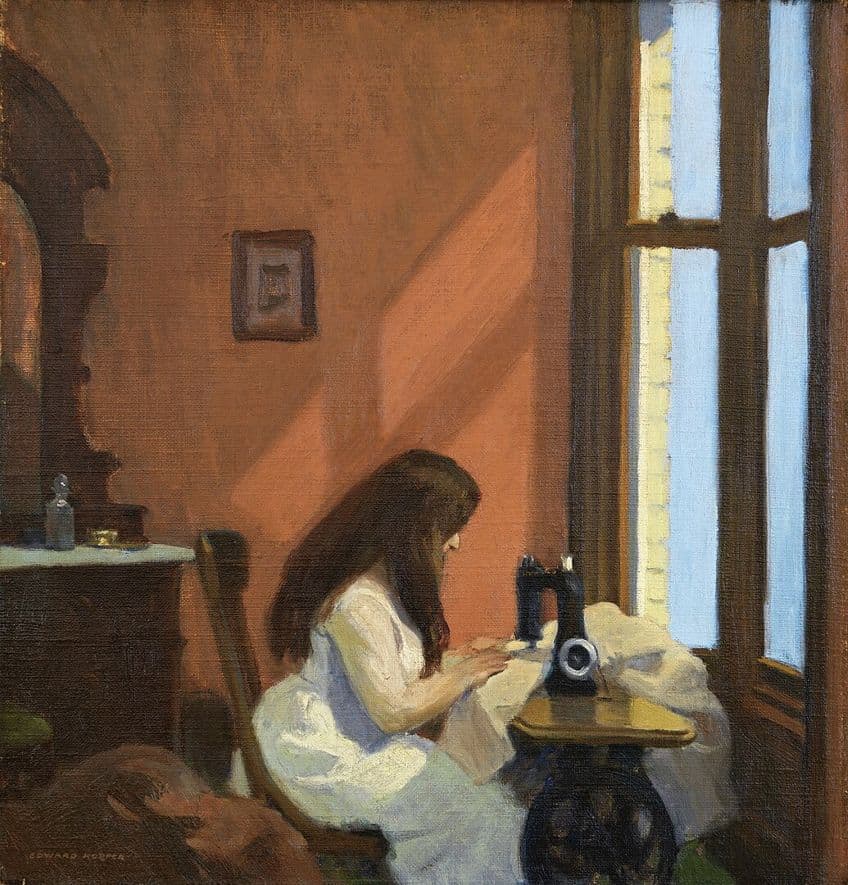
Public Perception
Upon its debut, Soir Bleu received a lukewarm reaction from the public, where its peculiar characteristics diverged from the expectations of Edward Hopper’s style. Viewers were taken aback by its atypical subject matter and composition, which displayed a distinct contrast to Hopper’s later, more recognized works. In galleries, the painting was not immediately celebrated, but over time, Hopper’s reputation solidified, and the painting’s intriguing nature captured more appreciation.
The painting’s presence in prestigious collections has garnered attention throughout the years. Despite its initial underappreciation, Soir Bleu has come to be recognized as an important, though atypical, piece within Hopper’s oeuvre.
Influence on American Art
The impact of Soir Bleu on American art is marked by its deep psychological undercurrents and Hopper’s unique representation of modern life – elements that have become cornerstones in fine-art discussions. Although not featured in exhibitions as frequently as other Hopper paintings, Soir Bleu has found a special place in retrospectives, such as those in the Tate Modern, which have helped cement Hopper’s place in the history of American art. Curators have included Soir Bleu in search of a comprehensive understanding of Hopper’s artistic progression, offering news insights into his varied techniques and subjects.
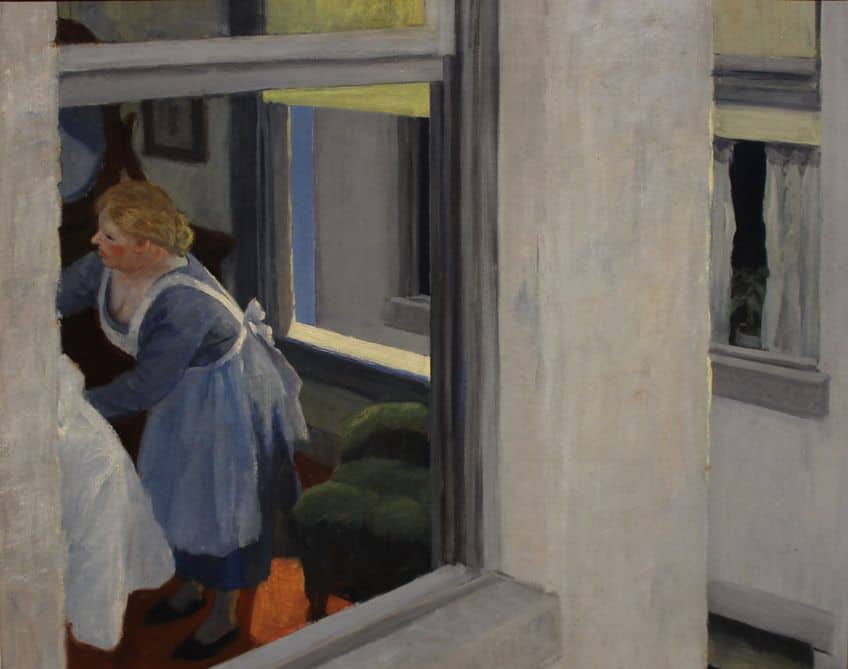
Collector’s Information
Soir Bleu is a significant painting by Edward Hopper, offering considerable interest to collectors due to its historical value and distinctive characteristics. Soir Bleu was painted in 1914 and is part of the collection at the Whitney Museum of American Art in New York. The acquisition date is not specified in the provided data, but as a work created by a major American artist, its value is undoubtedly substantial.
While the exact monetary worth is not disclosed, Edward Hopper’s pieces are known to command high prices at auction.
Preservation and Display
The painting is oil on canvas, a medium known for its durability. With its impressive size, Soir Bleu accommodates landscape orientation, which is a common Hopper trait. Preservation of this artwork would typically involve ensuring it is displayed away from direct sunlight to prevent fading, making use of fade-resistant materials when reproducing as giclee canvas artwork. The museum likely employs strict protocols to maintain the piece’s integrity, reflecting the painting’s country of origin and Hopper’s attention to product features in his work.

Collectors and enthusiasts may purchase reproductions, and while the specifics of a return policy would vary by vendor, most reputable establishments offer a form of return policy for thousands of items, including fine art prints. Given the prestige of the original piece, such reproductions are likely to reflect the meticulousness of Hopper’s original work, providing a touch of white to bring about the balance in colors that Hopper’s artworks are celebrated for.
Soir Bleu occupies a unique and significant place in Edward Hopper’s body of work, offering a window into his formative artistic period and the themes that would come to define his career. The painting’s portrayal of disparate, solitary figures within a shared space foreshadows Hopper’s later exploration of urban isolation and the human condition. Although Soir Bleu initially baffled contemporary critics and deviated from the more commercial path Hopper eventually pursued, it has since gained recognition for its bold composition and emotional resonance. This early masterpiece not only highlights Hopper’s technical prowess but also underscores his deep, intuitive grasp of the complexities of modern existence, securing Soir Bleu a lasting legacy in the canon of American art.
Frequently Asked Questions
What Is the Significance Behind Edward Hopper’s Soir Bleu?
Soir Bleu illustrates Edward Hopper’s early exploration into themes of solitude and contemplation. The painting features a melancholic clown among various figures, showcasing Hopper’s interest in modern life’s complexity and the isolation of individuals within it.
In Which Museum Can Soir Bleu by Edward Hopper Be Viewed?
Soir Bleu by Edward Hopper is housed in the Whitney Museum of American Art located in New York, United States. It is part of their extensive collection of twentieth-century American art.
Who Are the Depicted Characters in the Soir Bleu Painting by Edward Hopper?
The Soir Bleu painting delineates seven figures, including a melancholic clown who is the centerpiece. The scene is set at a French cafe, with characters that include a smoking man in a beret and other individuals who contribute to the atmosphere of the painting’s narrative.
Isabella studied at the University of Cape Town in South Africa and graduated with a Bachelor of Arts majoring in English Literature & Language and Psychology. Throughout her undergraduate years, she took Art History as an additional subject and absolutely loved it. Building on from her art history knowledge that began in high school, art has always been a particular area of fascination for her. From learning about artworks previously unknown to her, or sharpening her existing understanding of specific works, the ability to continue learning within this interesting sphere excites her greatly.
Her focal points of interest in art history encompass profiling specific artists and art movements, as it is these areas where she is able to really dig deep into the rich narrative of the art world. Additionally, she particularly enjoys exploring the different artistic styles of the 20th century, as well as the important impact that female artists have had on the development of art history.
Learn more about Isabella Meyer and the Art in Context Team.
Cite this Article
Isabella, Meyer, ““Soir Bleu” by Edward Hopper – A Deeply Psychological Artwork.” Art in Context. June 3, 2024. URL: https://artincontext.org/soir-bleu-by-edward-hopper/
Meyer, I. (2024, 3 June). “Soir Bleu” by Edward Hopper – A Deeply Psychological Artwork. Art in Context. https://artincontext.org/soir-bleu-by-edward-hopper/
Meyer, Isabella. ““Soir Bleu” by Edward Hopper – A Deeply Psychological Artwork.” Art in Context, June 3, 2024. https://artincontext.org/soir-bleu-by-edward-hopper/.


